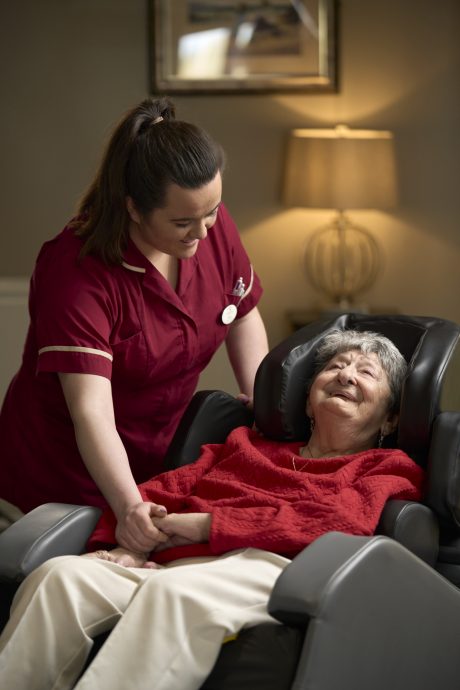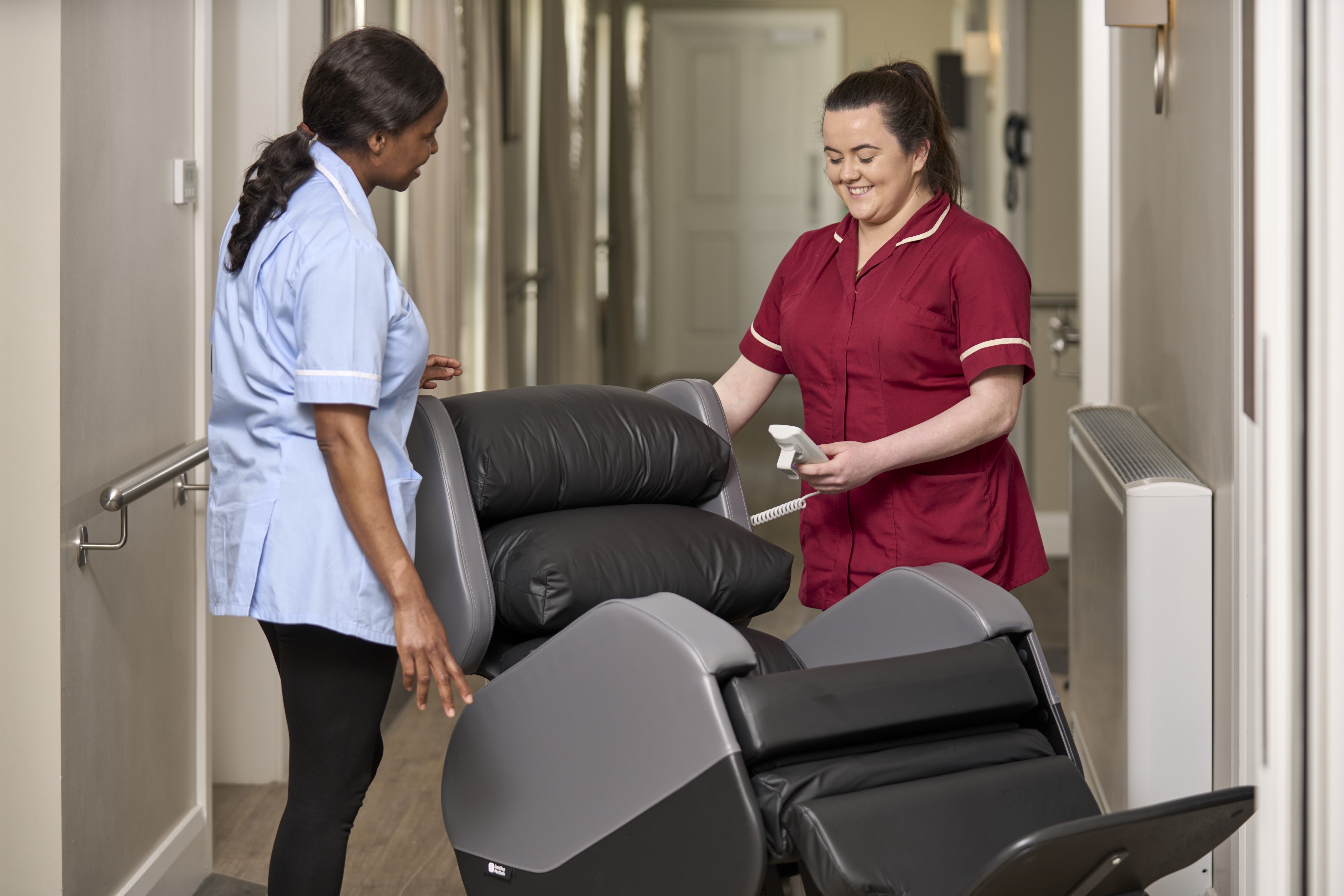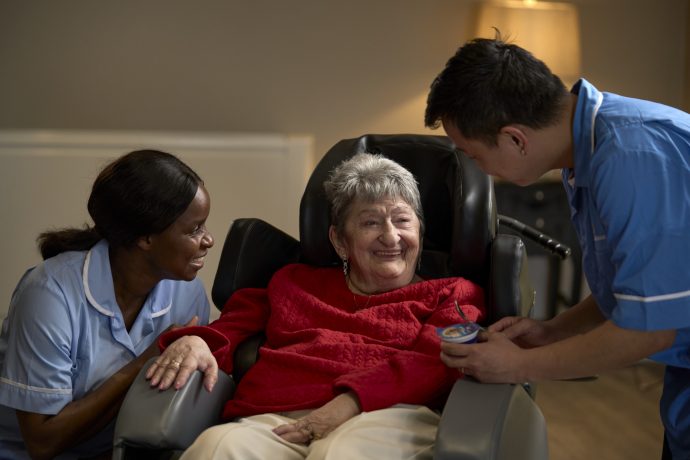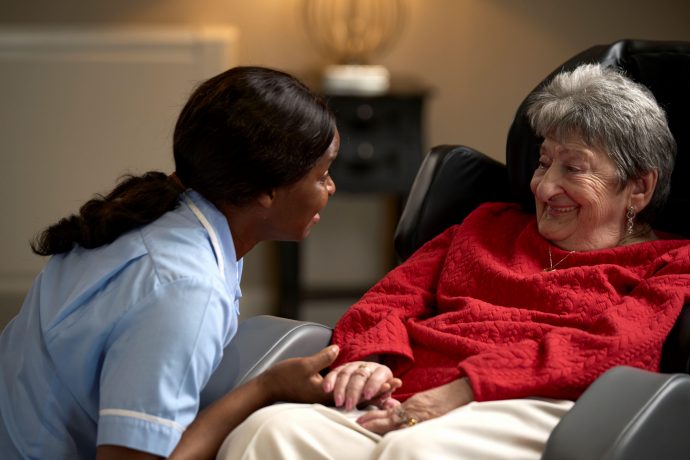
15th August 2025
Empowering clinicians with expert-led training on clinical seating, pressure injury prevention, and best practice.
Learn More

Let our online product finder guide you through our simple steps to choose the chairs that best meet your patient’s needs.
Seating Solution FinderThe Envelo cushion provides excellent pressure redistribution and comes as standard on all Seating Matters chairs, meeting the clinical needs of most clients.
Explore Envelo RangeSeating Matters specialises in clinical, therapeutic seating solutions designed to improve patient care and safety, offering products for pressure injury prevention, postural support, and mobility assistance in healthcare settings.
Learn MoreDiscover how Seating Matters has transformed lives with our innovative seating solutions - read our inspiring customer success stories now!
Customer StoriesUsed in academia, in clinical practice and with caregivers around the world to guide their practices around specialist seating.
Download Free HandbookHow to Best Communicate with Multidisciplinary Teams When Recommending Seating Equipment, Transfers, Repositioning, Manual Handling, and Seating Guidelines
Clear and effective communication with multidisciplinary teams is critical when recommending seating equipment and best practices for transfers, repositioning, manual handling, and seating guidelines. Getting everyone on board requires more than technical expertise—it demands empathy, structure, and collaboration.

Understand the Team and Set a Shared Goal
Use Structured Communication Tools
Situation: "We have a patient at high risk for pressure injuries due to poor mobility."
Background: "Previous seating has led to skin breakdown."
Assessment: "Current set-up does not offer adequate support for repositioning or transfers."
Recommendation: "I recommend introducing a tilt-in-space therapeutic chair and a sit-to-stand hoist, accompanied by staff training on safe transfer techniques."
Encourage two-way dialogue
Tailor Recommendations to Evidence and Workflow
Address Practical Concerns and Demonstrate Equipment
Sign up to our mailing list to get practical tips and latest research delivered to your inbox!

Educational Support and Ongoing Feedback
Foster a Culture of Respect and Collaboration
By fostering structured, respectful, and evidence-informed communication, you can build consensus, gain buy-in, and successfully implement best practices for seating equipment, transfers, repositioning, manual handling, and seating guidelines—ultimately resulting in better patient and staff outcomes.
** Note - the purpose of this blog is to give an overview of the product with some tips to consider on its use. This is not intended to be a substitute for professional or medical advice, diagnosis, prescription or treatment and does not constitute medical or other professional advice. For advice with your personal health or that of someone in your care, consult your doctor or appropriate medical professional.
Take the next step to achieve clinical excellence and a 24 hour package of care for patients.

Arrange a free, no obligation assessment of clinical, therapeutic seating.

Schedule a call at a time that suits you to speak with our experts.

Download your copy of The Clinician's Seating Handbook

15th August 2025

15th August 2025

15th August 2025